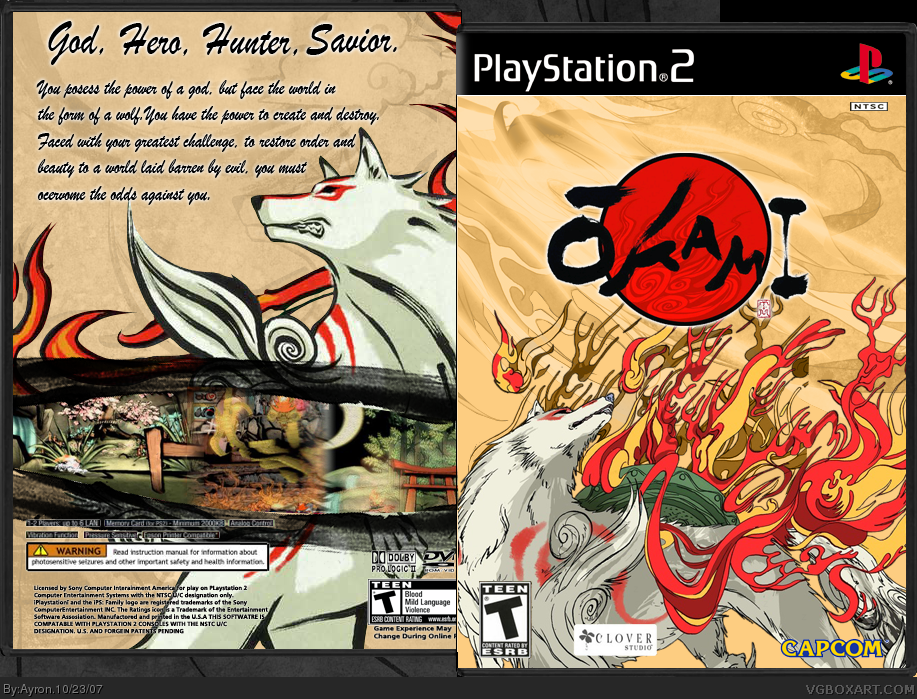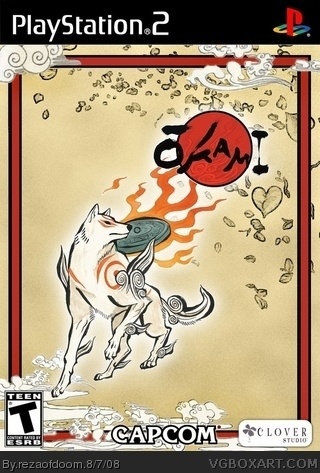
What are the classical music styles which can be seen to have influenced Ōkami? Gagaku, ancient imperial court music, originated in China and was firmly established in Japan by the seventh century, during the Nara (AD 710–794) and Heian (794–1185) periods. A melody isn’t Japanese anymore in a theoretical sense if arranged in the wrong way.” … A pure Japanese melody is quite beautiful, but often dark. “The sense of healing I wanted Ōkami to have wasn’t present. This blending of ancient and modern style was not easy to achieve. However, the music is not solely a recreation of traditional styles, but a unique style which blends aspects of traditional music with modern compositional sensibilities in order to please the modern ear while possessing an old-style tinge. “I know there are other games out there, but I don’t think there is any that adheres to this theme more than Ōkami.” Ueda describes the inspiration and creative process for the music in the soundtrack’s liner notes, translated by Game-OST. The man largely responsible for this is Masami Ueda, lead composer working with Hiroshi Yamaguchi, Rei Kondoh and Akari Groves.
-3.jpg)
Ōkami is well-noted for its music reminiscent of traditional Japanese styles.


Players control Amaterasu, the sun goddess in the form of a white wolf, in a world brought to life by a sumi-e visual art style. The game was directed by Hideki Kamiya and takes significant inspiration from Japanese history, folklore, and mythology, particularly the myths of the Shintō religion and its veneration of nature.

Ōkami, released for the Playstation 2 in 2006 in Japan and North America and 2007 in Europe and Australia, was the result of the combined ideas of the employees of the now-defunct Capcom subsidiary Clover Studio.


 0 kommentar(er)
0 kommentar(er)
